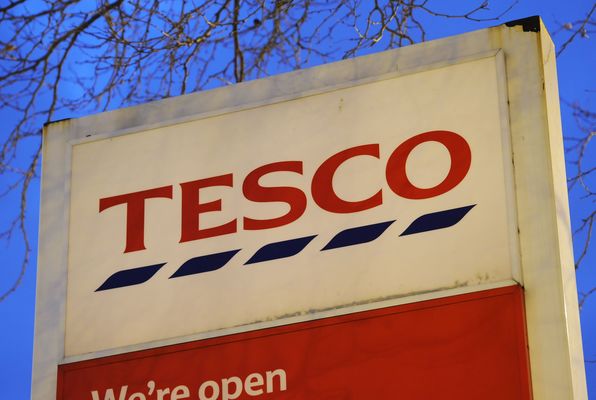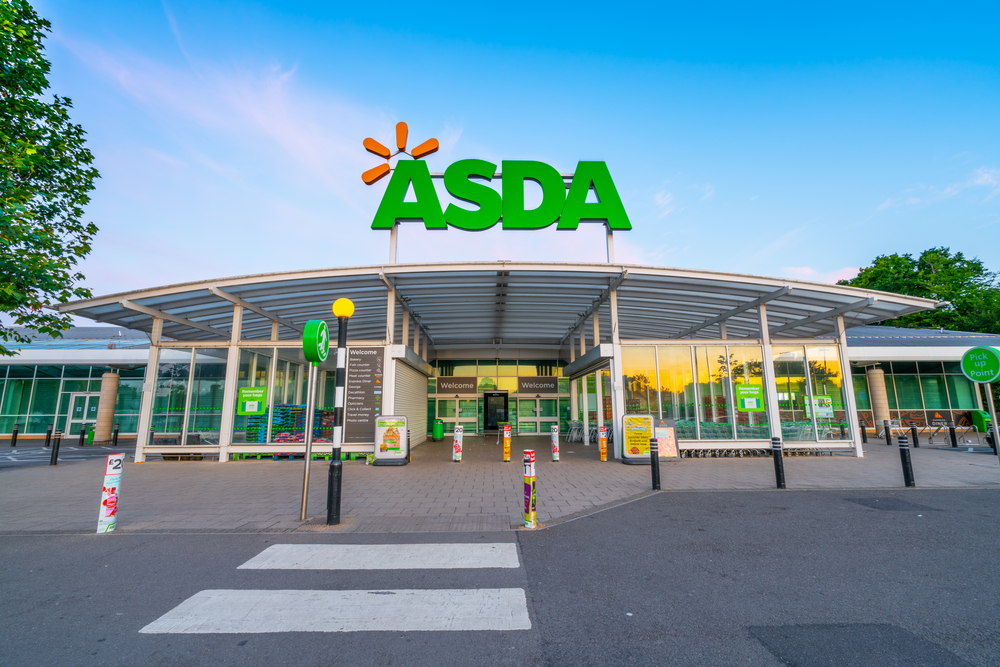The UK retail sector is currently undergoing one of its largest transformations in decades. This is evident in a number of high-profile administrations or CVA cases, such as Poundworld and Mothercare, and in the mass store closures announced by Marks & Spencer and House of Fraser.
The transformation of the UK retail landscape is also driven by the aggressive growth of discount stores like Aldi and Lidl that erode the market shares of grocers like Sainsbury’s, Asda, Morrisons and Tesco. The transformation of the industry puts substantial pressure on retailers to reinvent themselves and strengthen their competitive position, particularly at the price sensitive spectrum of the market.
READ MORE:
UK retailers have predominantly used acquisitions to respond to this challenge. The prime example is Sainsbury’s acquisition of Argos and Homebase, and Tesco’s merger with wholesaler and convenience store retailer Booker. There’s also the recently-announced proposed merger between Sainsbury’s and Asda.
However, Tesco, the UK’s largest retailer, now seems to be adopting an altogether different strategy. It plans to develop a new store format that would allow them to compete with discounters such as Aldi and Lidl.
This is an interesting move – and one that could carry substantial risk. If Tesco were to compete with players such as Aldi and Lidl, they will also compete with themselves. Economist Josef Schumpeter famously used the phrase “creative destruction” in his 1942 work, to describe the need to “replace the old with the new”.
But launching new, competing businesses as a response to substantial industry-level shifts is not unique to retailers. There is actually a broad pattern of this taking place across a variety of highly competitive industries.
Let’s take the aviation sector as an example. Flag carriers such as British Airways and Lufthansa have faced tough competition from low-cost airlines such as Ryanair and Easyjet. In response, Lufthansa now runs its own low-cost airline, Eurowings, after the company used the collapse of Airberlin to expand its low cost offering. Importantly, aside from offering more competitive fares for customers, Eurowings employees are also paid less than comparable Lufthansa staff.
READ MORE:
Similar moves have happened in the broadband space. BT acquired Plusnet in 2007 in an attempt to strengthen its broadband capability, but still runs it as a separate business. Rather than integrating Plusnet, BT offers customers broadband services both via its BT and Plusnet brands. Plusnet is positioned as an affordable offering, with BT using higher download and upload speeds to justify higher prices.
Volkswagen most recently launched MOIA, a separate business focused on the future of urban mobility. Again, this new organisation has a mission that is in stark contrast to – and potentially even in competition with – Volkswagen’s traditional strategy. Even this statement on MOIA’s web page attempts to distance itself from the car manufacturer: “This independent company based in Berlin, Hamburg and Helsinki does not see itself as an automaker or a pure-play car-sharing provider, but rather aims to become one of the world’s leading mobility service providers by 2025.”
Tesco’s announced launch of a new store concept has three important parallels to these examples:
- The new business is set up to target a segment of the market that is currently served by other players, but that also threatens to erode the current business.
- To appeal to this segment of the market may require a different value chain configuration and a different cost base. Tesco has already indicated that new staff will not be employed under current Tesco conditions.
- The new venture is given autonomy and is run as a separate business. This is important as the dominance of the existing business might create challenges for any new, innovative format.
So, what does Tesco need to consider going forward?
The Big 4 retailer needs to separate the new venture in order to manage it in a notably different way and (potentially) achieve a lower cost base. Still, in order to benefit fully, Tesco also needs to carefully manage the integration of both businesses.
The task for Tesco will be to maximise scale economies in overlapping product ranges while launching a distinct format that doesn’t cannibalise its existing store formats. However, despite best efforts, such cannibalisation might be inevitable and might even have positive effects. Recent research suggests that in similar cases, the internal competition between two competing formats can become the engine of radical transformation – the complete reinvention of a firm.
Considering the changing retail landscape, the Tesco that its customers know and love is likely to transform. However, the time seems to be right. Tesco announced a sharp rise in annual profits in April this year and is therefore in a strong position to make the new format a success.
Professor Martin Friesl is an expert in strategic management at Lancaster University Management School
Click here to sign up to Retail Gazette‘s free daily email newsletter


















